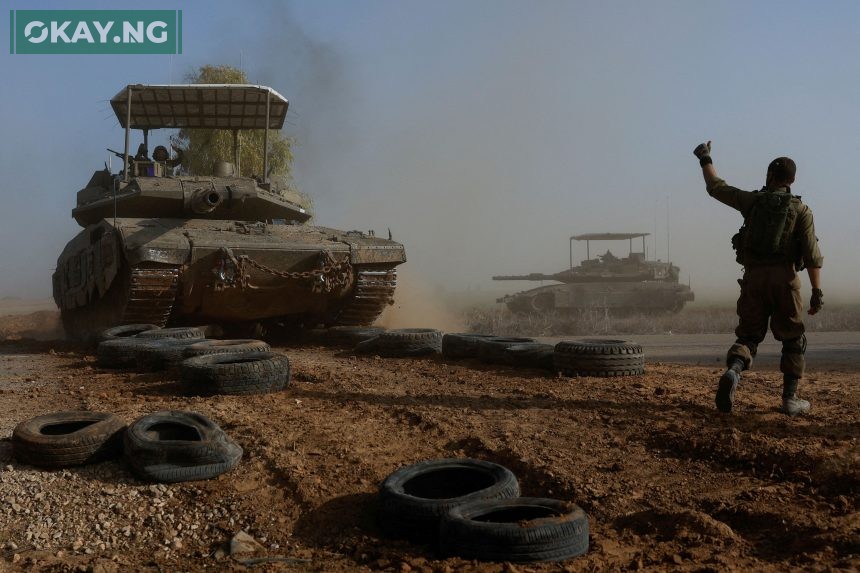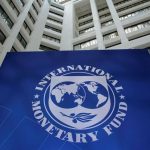Israel has announced a significant escalation of its military operations in Gaza, declaring plans to seize substantial areas and incorporate them into its security zones, accompanied by widespread evacuation orders. This move intensifies the already dire humanitarian crisis and raises concerns about potential long-term territorial changes.
Defense Minister Israel Katz, in a statement released on Wednesday, outlined the operation’s objectives: “to clear out militants and infrastructure and seize large areas that will be added to the security zones of the State of Israel.” He urged Gazans to “eliminate Hamas and return all the kidnapped,” framing this as the sole path to ending the conflict.
The Israeli military has issued evacuation warnings across southern Gaza, with Palestinian radio reporting that the Rafah area is now nearly deserted. This has led to a surge in displacement, adding to the already immense strain on the region’s resources.
Tragically, the Gaza Health Ministry reported 53 Palestinian deaths in Israeli strikes on Wednesday alone, including 19 fatalities at a U.N. clinic sheltering displaced people. The Israeli military claimed the clinic was being used as a Hamas command center, a charge Hamas vehemently denies, labeling it a “blatant fabrication.”
“From the moment the strike occurred we have not been able to sit or sleep or anything,” said Rida al-Jabbour, a resident of Khan Younis, describing the devastating aftermath of a strike that killed her neighbor and her three-month-old baby. The scene, she explained, was one of unimaginable horror, with rescue workers struggling to identify and separate the remains.
Katz’s statement left ambiguity regarding the extent of land Israel intends to seize and whether this constitutes a permanent annexation. According to the Israeli rights group Gisha, Israel has already established control over approximately 62 square kilometers, representing about 17% of Gaza’s total area, as part of a buffer zone. This expansion further compresses a population already living in one of the world’s most densely populated regions.
Adding to the complexity, Israeli leaders have also expressed intentions to facilitate the “voluntary departure” of Palestinians from Gaza, echoing past calls for the enclave’s redevelopment.
These developments occur amidst stalled efforts to revive truce negotiations. “It seems like Netanyahu will not stop his war on Gaza until we are displaced. But despite the extermination happening to us and the extreme anguish – as a citizen I was displaced eight times – with God’s will we will remain steadfast,” said Amer al-Farra, a Palestinian resident of Gaza.
Israel appears to be leveraging perceived signs of protest against Hamas within Gaza, aiming to increase civilian pressure on the militant group. “I call on the residents of Gaza to act now to eliminate Hamas and return all the kidnapped,” Katz stated. “This is the only way to end the war.”
The current escalation follows a resumption of Israeli airstrikes and ground operations last month, after a brief truce facilitated hostage exchanges. This renewed conflict has resulted in hundreds of Palestinian deaths and a cutoff of aid to Gaza, with Israel alleging Hamas misappropriates much of the supplies.
Simultaneously, tensions have escalated along Israel’s northern borders, with strikes targeting Hezbollah in Lebanon and Syria, further destabilizing the region.
The conflict stems from the devastating Hamas-led attacks on southern Israel, which resulted in approximately 1,200 Israeli deaths and the capture of 251 hostages. In response, Israel’s campaign has reportedly killed over 50,000 Palestinians, according to Palestinian health officials, and caused widespread destruction across Gaza, displacing nearly the entire population of 2.3 million.












